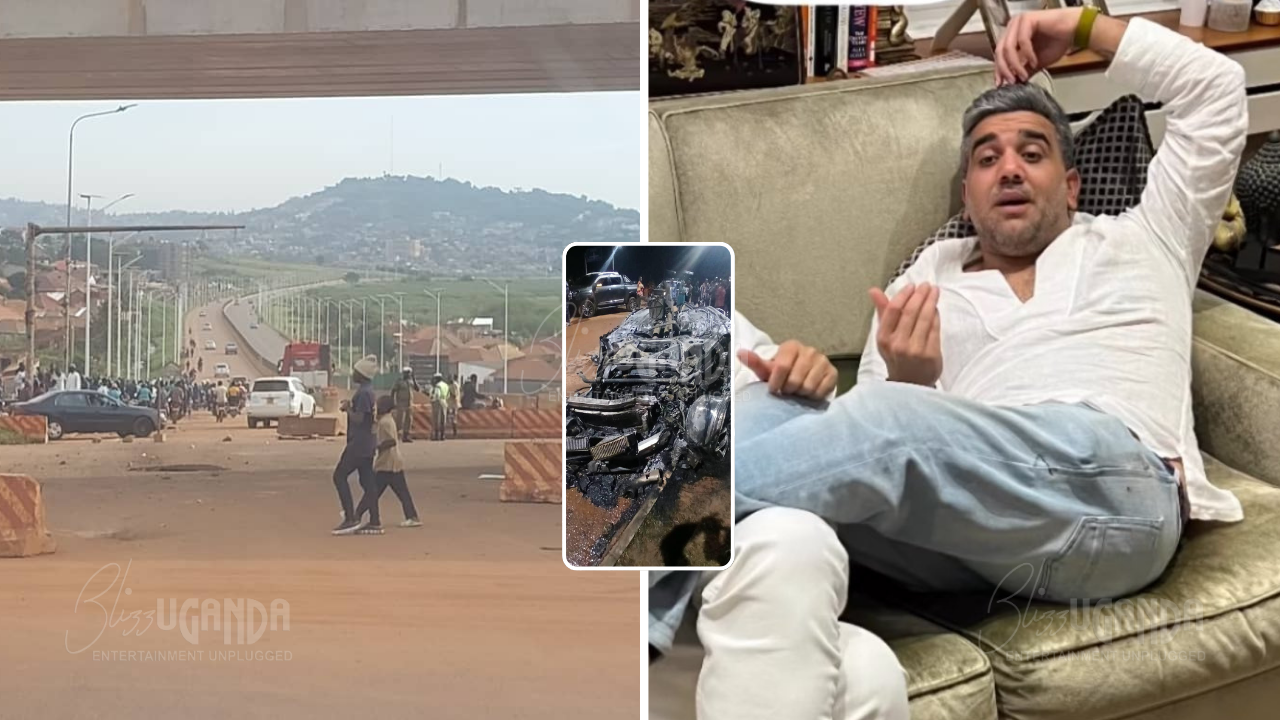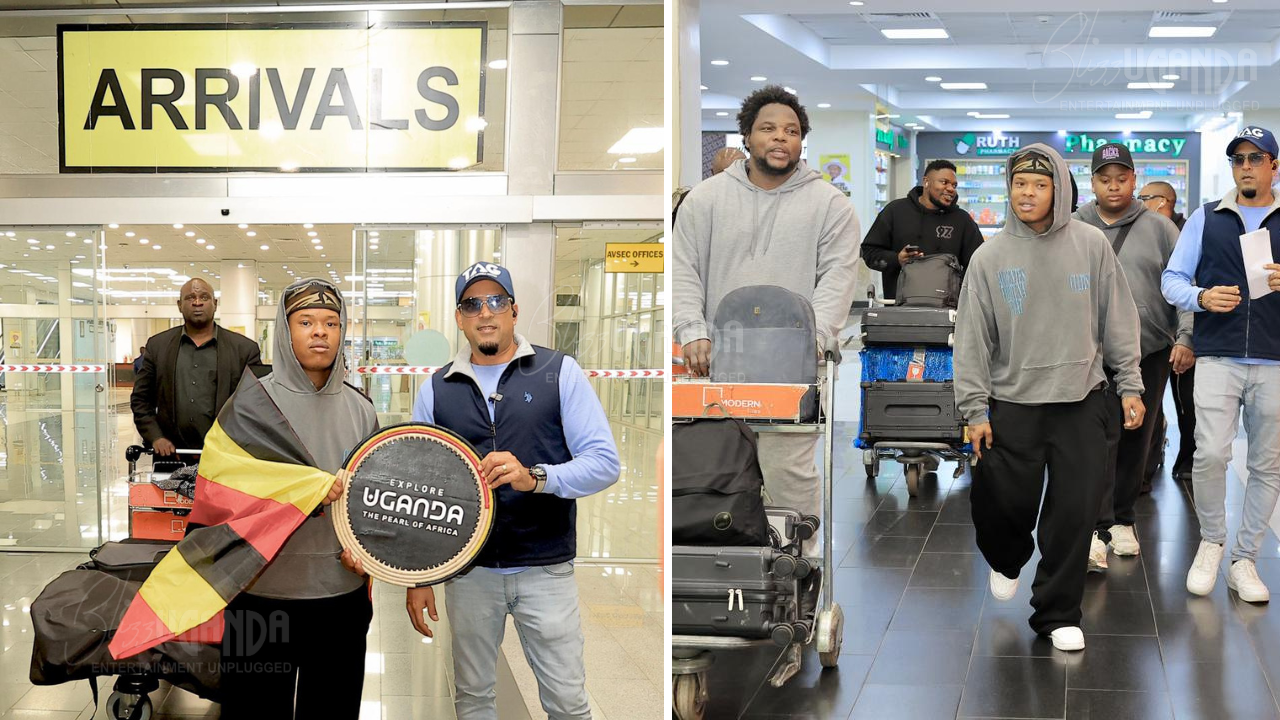As Ugandans are mourning the devastating loss of Rajiv Ruparelia, a wave of anger and unanswered questions now confronts the authorities — not just about his death, but about the barricade that may have caused it.
According to the police report, Ruparelia was driving a white Nissan GTR (UAT 638L) from Kajjansi toward Munyonyo at approximately 1:54 a.m. when his vehicle collided with temporary roadworks positioned in the middle of the lane at the Busabala Flyover. The impact caused the car to overturn and catch fire, killing him on the spot. Authorities have since launched an investigation, but many Ugandans feel the true culprit is already evident — gross negligence in the form of unmarked, unlit, and unjustified barricades.
As images and videos of the wreckage circulate, so does public outrage. Citizens are questioning why such a dangerous obstacle existed on a main flyover without any proper signage, reflective warnings, or lighting. On social media and talk shows, many are calling it a “death trap” rather than a safety measure.

A barricade, by its nature, is intended to serve as a protective measure — to guide traffic, ensure safety, and prevent accidents. Yet in this case, it may have done the opposite. The absence of visibility tools at the crash site, especially at night, raises serious questions about the standards upheld by road construction teams and the agencies supervising them.
This tragedy has reignited debate over the safety of Uganda’s roads, particularly those undergoing construction or maintenance. Far too often, roadworks are left unsupervised, signage is inconsistent, and barriers are erected with little regard for driver safety. Rajiv’s death is not the first case linked to such reckless planning — but it is one of the most high-profile, and therefore, impossible to ignore.
It is also not lost on the public that Rajiv Ruparelia was no ordinary motorist. As the son of billionaire businessman Dr. Sudhir Ruparelia, he was known for his entrepreneurial energy, philanthropy, and leadership within the Ruparelia Group. His loss is a national one, but the concern cuts deeper than individual grief.
This incident demands more than condolences. It requires a full audit of ongoing road construction projects, clear enforcement of road safety laws, and an honest investigation into the responsibility behind the Busabala Flyover barricade. Those responsible — be it a reckless contractor, a negligent municipal authority, or an absent oversight body — must be held accountable.
Two days ago, some motorists complained about the contractor’s failure to put signage towards the barriers they placed on a section of the Express Way around Busabala junction. It is normal in Uganda to do things in any way you wish, and no one will be bothered. Don’t be… pic.twitter.com/WfOM5ZSKvP
— Sudhir Byaruhanga (@Sudhirntv) May 3, 2025
Because Rajiv didn’t die from speed or recklessness behind the wheel. He died because someone else was reckless with their duty.














